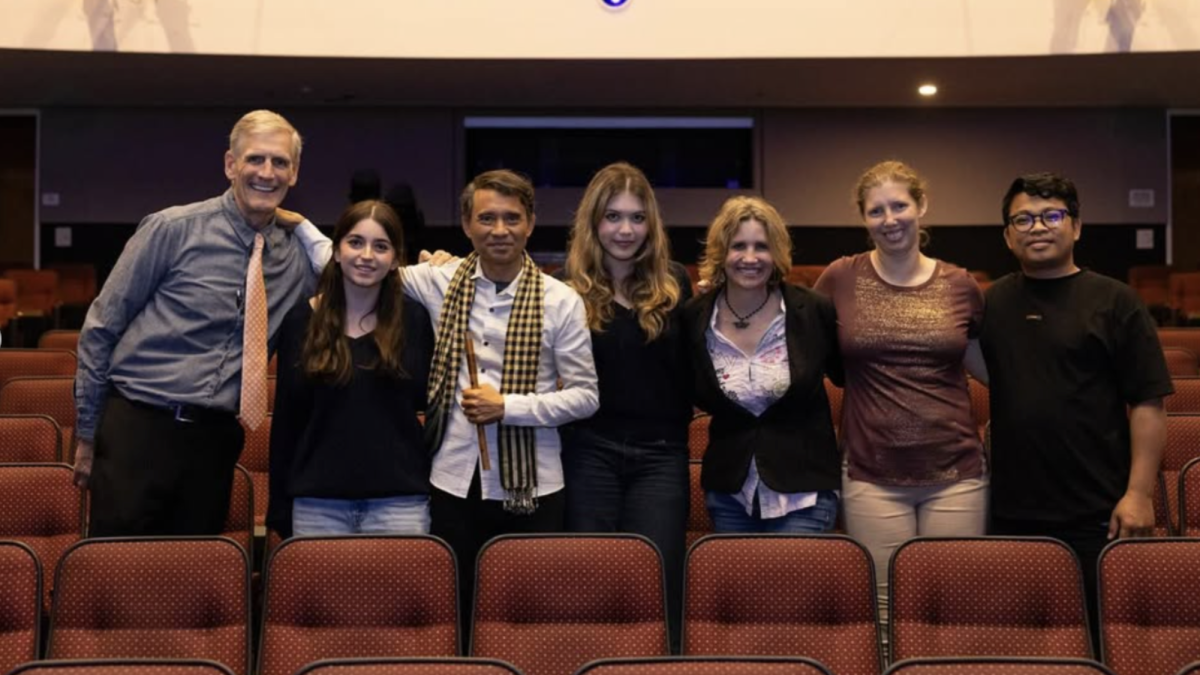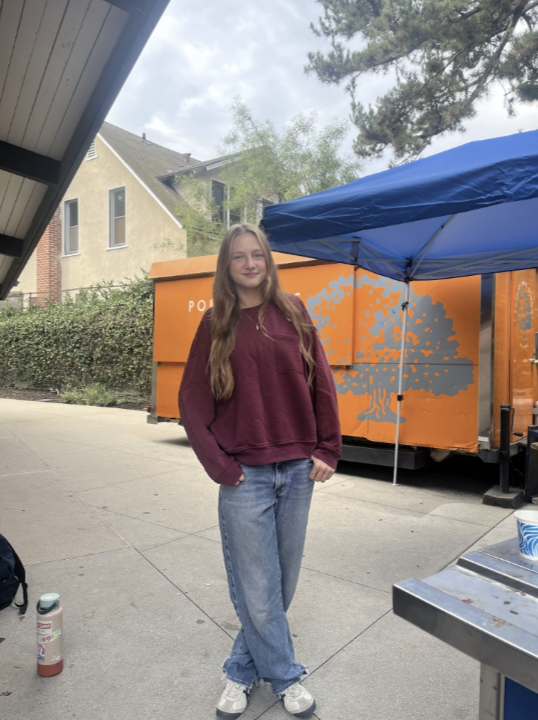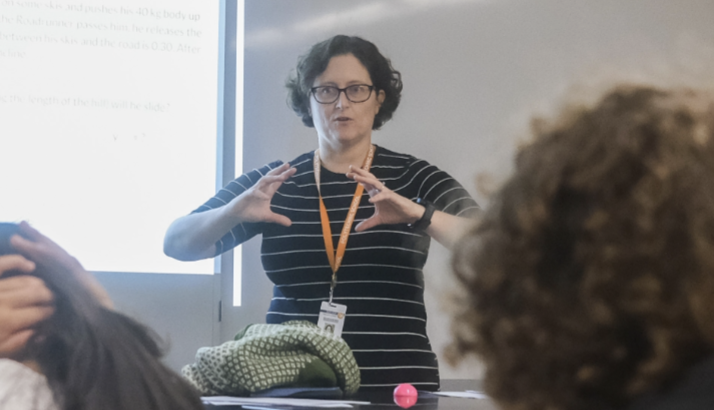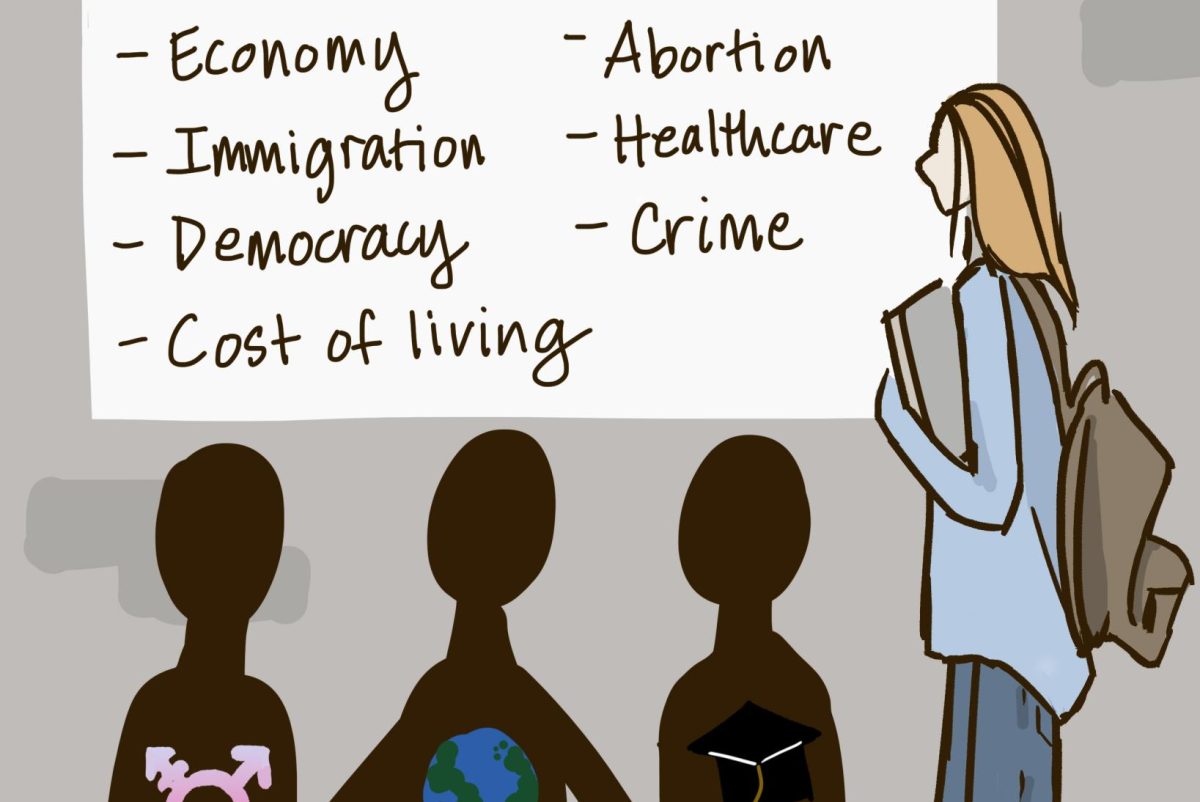At the start of the new year, Angelenos found themselves beneath skies choked with smoke, as shrieking “devil winds” whipped across hillsides so arid they thirsted to burn. This time, the California wildfire season harbingered a future where climate change would stoke the heat and tip the balance toward ever-greater risks.
As the Palisades and Eaton fires tore through Los Angeles County, they forced hundreds of thousands to evacuate and reduced entire neighborhoods to ash. Acre by acre, they incinerated homes and businesses, displacing thousands and claiming at least twenty-seven lives. Devastation on this scale forces us to examine the deeper issue that lingers beneath debates over flawed land management.
It is the role of climate change.
In “Slouching Towards Bethlehem,” Joan Didion wrote, “It is the season of suicide and divorce and prickly dread, wherever the wind blows.”
These so-called “devil winds” have long been viewed with suspicion and fear, but climate change is adding a troubling new dimension to their destructive nature. Record-breaking heat, minimal winter rainfall, and shrinking moisture levels have turned what might have been a manageable wildfire season into a cataclysm. A single spark of unknown origin ignited flames carried by the immense winds, scorching more than 30,000 acres of Los Angeles suburbs.
Although steeped in local lore, scientists refer to the Santa Anas simply as “offshore winds,” formed when cold, dry air collects in the Great Basin and funnels toward the coast. Rising temperatures exacerbate these conditions, making the air even hotter and drier, further desiccating an already parched landscape. This vulnerability was recently compounded by a rare upper-level jet stream shift, which pushed the winds on a more northerly route and placed usually sheltered areas directly in harm’s way.
Such shifts highlight how even subtle atmospheric changes can become catastrophic when stacked atop the broader impacts of climate change. Warmer global temperatures, driven by increased greenhouse gas emissions, prolonged droughts and leave vegetation more prone to ignition—turning forests and brush into tinderboxes. By intensifying these baseline vulnerabilities, climate change magnifies every factor contributing to wildfires, extending fire seasons, fueling more intense burns and creating cascading risks that are harder to predict or mitigate.
So, how exactly does climate change amplify every other underlying cause of these fires, and how do we plan for this new reality?
From the perspective of California’s first responders, the frequency and intensity of these fires are not surprising. Firefighters report that large-scale “mega-fires” have steadily become more common. Scientists at UCLA indicate that about 25 percent of the extreme aridity in Southern California’s vegetation this winter can be linked to rising temperatures. They point to 2024’s record-breaking heat and insufficient winter rain, creating a “tinderbox scenario.” In other words, as warmer conditions dry out shrubs and grasses more quickly, the landscape is primed to burn at the first spark. Influenced by the Santa Ana winds, an ordinary wildfire season can spiral into the lethal crisis we saw at the start of this year.
The aftermath of the fires illustrates that even the most capable emergency response teams have limits. For a few weeks, the Cal-FIRE and the LA Fire Department has had trouble containing the fires that have raced across miles of arid terrain under gale-force winds. The Palisades and Eaton fires failed to reach 50% containment for weeks.
Meanwhile, political infighting over whether climate change is “truly” responsible diverts attention from practical solutions. Some individuals might blame forest mismanagement or localized structural issues alone, while effectively casting doubt on the role climate factors play. Climate science says something different: Global warming adds layers of risk and intensifies all these factors. Getting stuck in a yes-or-no debate over climate change not only sidesteps urgent measures but also stalls long-term strategies for cutting emissions.
Those who deny climate change maintain that the widespread scientific agreement on the issue stems from plots to fabricate evidence or silence opposing voices. Yet these claims routinely ignore the rigorous peer-review process that underpins climate science and the overwhelming consensus among experts. Moreover, they divert attention from urgent actions needed to build resilience and reduce greenhouse gas emissions in the face of mounting global threats.
Here in Los Angeles County, the way forward must include both local actions and broader systemic changes. If we focus on reducing reliance on fossil fuels, warming trends can be mitigated over time; yet, immediate steps to protect our communities remain vital. Stricter building codes, defensible space around homes and funds for brush clearance are all pieces of the prevention puzzle.
Mitigating the climate crisis also involves changing our mindset about activism. For too long, we have treated climate advocacy as an optional extracurricular, something that might be nice to pursue if time and resources allow. Instead of watching community after community struggle to recover, we need aggressive policies that protect both current and future generations. That means incentivizing renewable energy, strengthening building codes and empowering young people with knowledge about climate science and environmental stewardship.
The role of youth activism here cannot be overstated. High school students, in particular, are uniquely poised to lead the charge for greener policies precisely because they’ve grown up with escalating climate challenges and recognize the direct impact this crisis will have on their future.
At Poly, the Climate Coalition is a student group devoted to tackling climate change through on-campus efforts. Within the group of climate activists, students form specialized subgroups focused on areas like rewilding, clean energy, composting, and the “reduce, reuse, recycle” initiative. These subgroups empower students to focus on tangible and volunteer-based solutions to environmental issues. For example, the coalition built the Arden Lawn Hügel, a mound that not only benefits the growth of plants by improving soil health and water retention but also demonstrates sustainable landscaping practices. Overall, the coalition turns small-scale actions into impactful educational tools for the community.
Recognizing the effects of the fire, sophomore Audrey Ma, co-leader of the Climate Coalition, noted, “The ground has shifted underneath us. Torrential floods, dramatic heat waves, and just recently, hurricane-force winds driving wildfire can no longer be explained away as rare anomalies but have become a new, unsettling normal. We need to feel the fierce urgency of now and realize that the solution to climate change lies in collaboration.”
Speaking on behalf of the coalition, Ma recognizes that while students may not have the power to enact sweeping policy changes, they can pride themselves on the small actions help shift perspectives related to climate consciousness.
Volunteering at events like the Hügelkultur build allows students to actively and directly address climate challenges while transforming abstract concepts into real-world applications. For instance, organizing campus-wide composting initiatives not only reduces food waste but also teaches participants about the importance of organic waste management in reducing methane emissions. Similarly, tree-planting events allow students to actively sequester carbon and improve local biodiversity while engaging with the broader community. Clean-up drives along nearby rivers and beaches not only remove pollutants but also raise awareness about the importance of protecting ecosystems from waste-related degradation.
Bridging generational gaps and fostering a united approach to sustainability, these hands-on activities energize students, teachers and residents alike. As individuals witness the results of their efforts, whether it is be the growth of a hügel mound or a cleaner stream, they find agency in addressing a global issue that can often feel insurmountable. These small, consistent actions change participants’ and observers’ behaviors by encouraging the individuals to rethink how they vote, where they shop and how they commute. In turn, these shifts ripple outwards while steering entire neighborhoods toward sustainable practices over time.
Poly’s Climate Coalition is a blueprint for how local communities can balance immediate fire prevention with big-picture emission cuts. When subgroups of prevention are united into a single “coalition,” the school creates a supportive community where climate-conscious initiatives can thrive. Time and again, Californians, and Americans more generally, have rallied to meet daunting challenges.
We can channel that energy into building a climate-conscious and fire-resilient future.

























